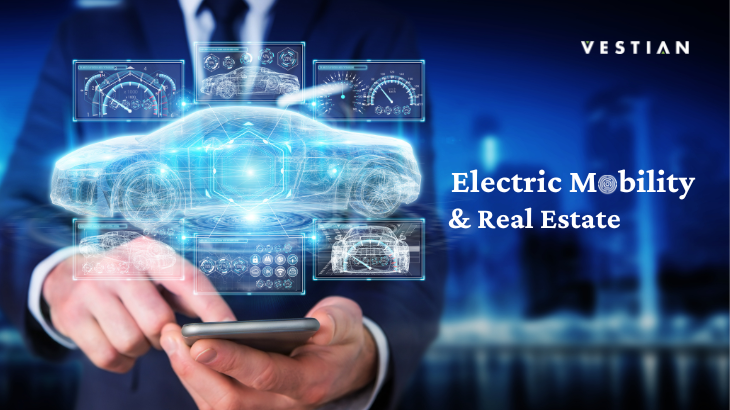As we veer towards a more sustainable environment, in the years to come electric vehicles will become the mainstream mode of mobility. This can be seen in the momentum EV industry has had in the last year, which has continued well into 2022, with many notable automotive giants introducing multiple EV models at the CES Tech Summit earlier this year. Companies like Mercedes and BMW will be launching a long range of electric vehicles that can change colour, Chevy has announced its adoption of Qualcomm’s Snapdragon ride platform and Sony, the integration of cloud platform in its upcoming SUVs.
Worldwide governments are too encouraging the adoption of electric vehicles and preparing for the necessary infrastructure to support it. Thus, it is time to ramp up and provide suitable infrastructure to facilitate wider adoption of electric vehicles and also bring us a step closer towards achieving our net zero goal.
The availability of charging infrastructure is crucial to successful transition to electric mobility. Charging infrastructure development is mainly supported by adequate planning and proper distribution of electric network infrastructure to ensure power availability at every location. Additionally, while creating a suitable infrastructure, other key drivers to be considered are-
Location, which is the most critical factor. A mix of public, home and commercial charging points is needed to extend the range and increase accessibility for people.
Type of Charging – Based on the location, it is important to understand what kind of charging option is needed there. In order to enhance the usage of a particular charging location, installation of appropriate charging stations, which is a mix of regular / fast charging options would be ideal.
Choosing the right technology – Needless to say, application of the right technology will make the infrastructure more efficient and enhance seamless customer experience.
Also understanding where the demand is emanating from will help size, scale and shape the right infrastructure. EV charging is soon going to become a necessity for every real estate property and will add to their value and sustainability quotient. Real estate owners right from residential, retail and commercial offices will need to invest in providing suitable charging infrastructure, to cater to the growing needs of electric vehicles market. Similarly, tech park planners will need to work hand in hand with transport planners to reimagine the existing parking and driveway designs. New buildings that are under construction, will have to cater to new and improved facilities that will include – charging pods and rapid-charging ports.
Another point of focus would be who would bear the cost of this infrastructure? Since these electric charging pods will be located in parking lots or common areas, landlords will be responsible to look after the same, while associated costs like maintenance, servicing, upgradation, extent of electricity costs will have to be borne by tenants and landlords alike. But, honestly speaking it will depend on the individual tenant lease terms. These terms and conditions will need to be clarified at the beginning, so that there are no ambiguities and disagreements at a later point in time.
As electric vehicle market evolves, sustainability of infrastructure viability will be crucial and can be achieved by understanding the requirement of the consumer, government and private operators. The interplay of these factors will make the infrastructure suitable in the long run.
